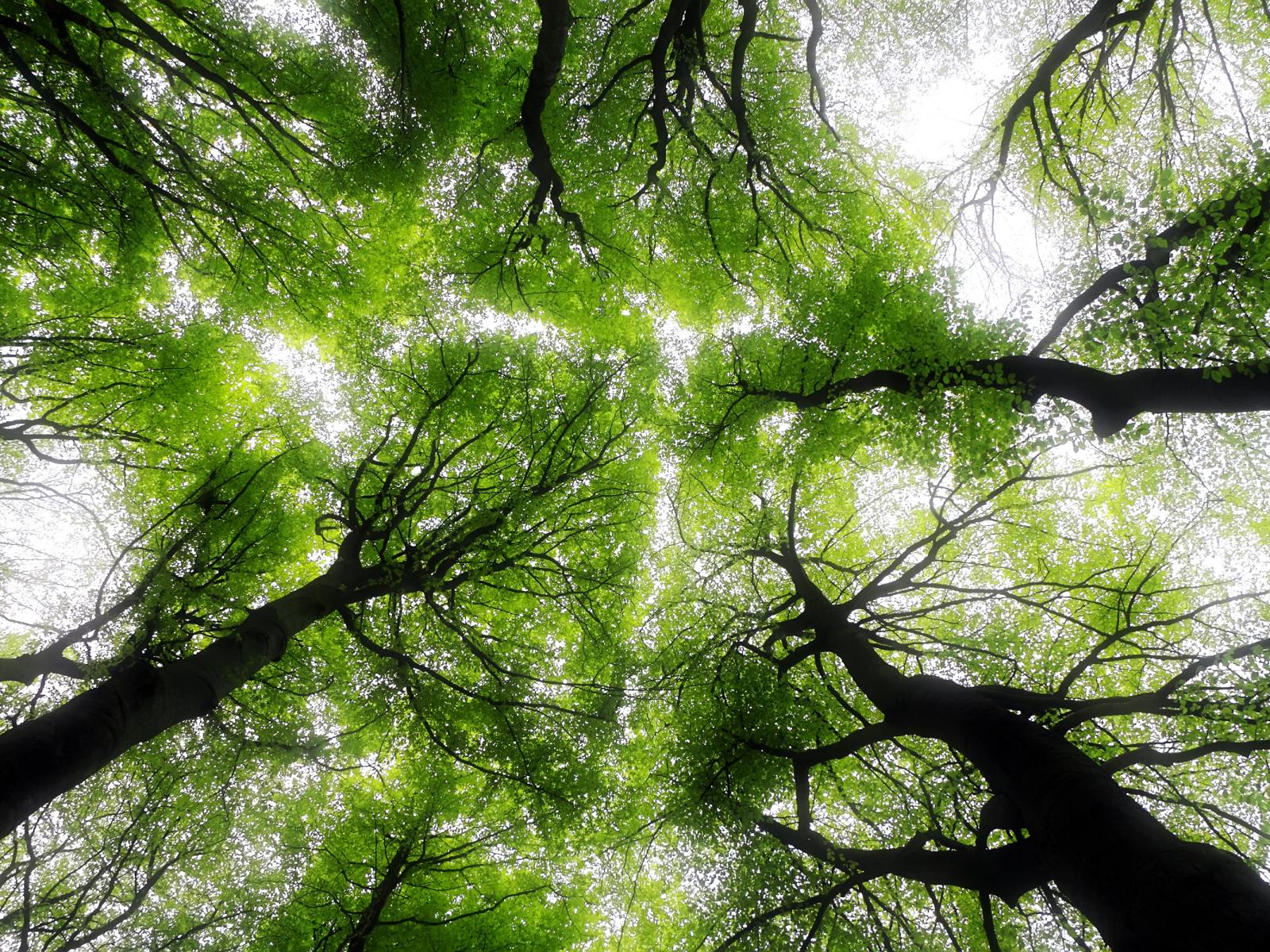PNNL Research Sees the Forest for the Trees to Fight Drought, Fires, Climate Change

A new study of forests PNNL researchers has revealed a shift toward younger and shorter trees as a result of global environmental changes, especially rising temperatures.
Published: June 22, 2020
